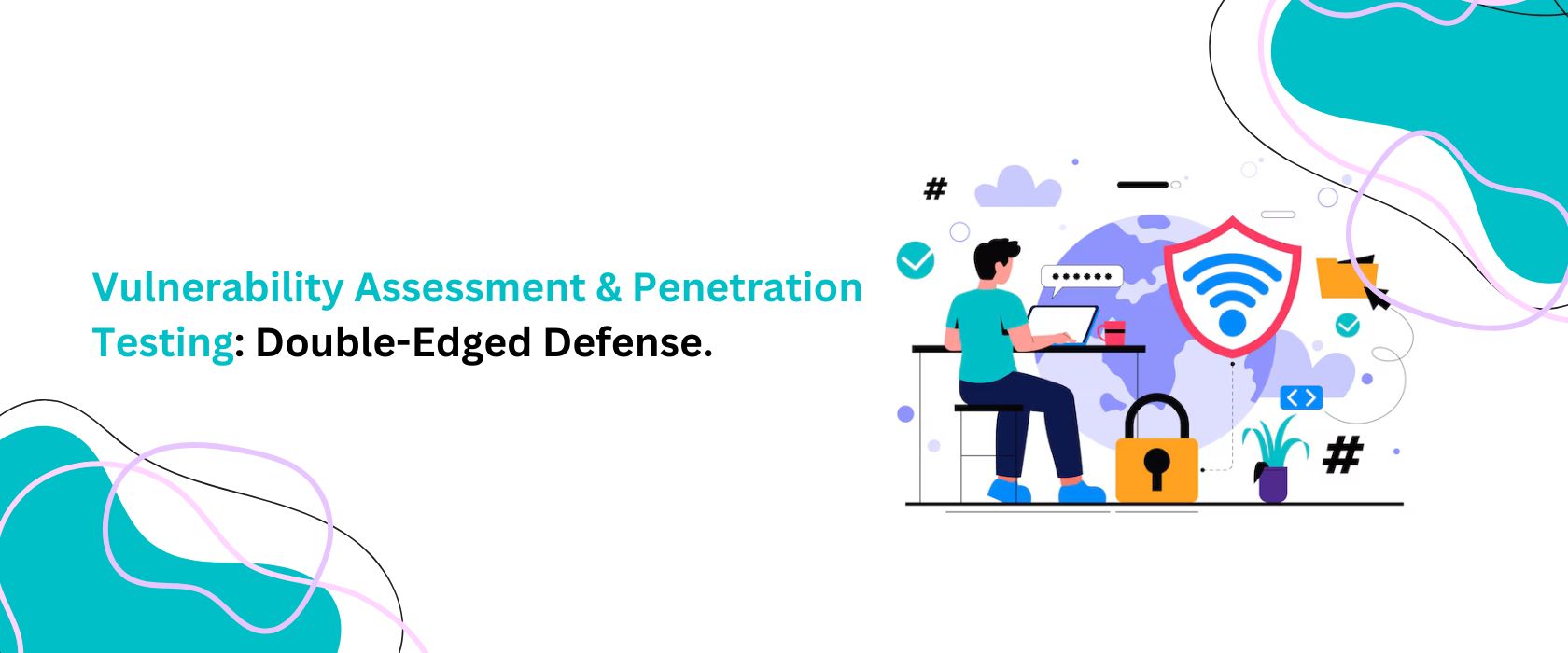The Distinct Roles of Vulnerability Assessment and Penetration Testing: A Security Strategy Guide

Safeguarding the digital assets of your company is crucial when it comes to cybersecurity. Vulnerability Assessment and Penetration Testing (VAPT) are two essential techniques for improving security. Both play distinct roles and provide special advantages, even though they are both crucial elements of an all-encompassing security plan. Organizations benefit most from a combined approach, leveraging both VAPT services to achieve comprehensive security coverage. You can choose the approach that best suits your security needs by using this guide, which will explain the differences between vulnerability assessment and penetration testing.
Vulnerability Assessment: Identifying Weaknesses
A Vulnerability Assessment is a systematic process aimed at identifying and evaluating security weaknesses within an organization's IT infrastructure. The primary goal of this assessment is to discover vulnerabilities that could potentially be exploited by attackers.
Key Characteristics of Vulnerability Assessment:
- Scope: Focuses on discovering vulnerabilities across a wide range of systems, applications, and network components.
- Methodology: Uses automated tools and techniques to scan for known vulnerabilities, such as outdated software, misconfigurations, and unpatched security flaws.
- Frequency: Typically performed regularly to maintain an up-to-date inventory of vulnerabilities and ensure ongoing security.
- Output: Provides a comprehensive list of identified vulnerabilities, their potential impact, and recommendations for remediation.
Benefits of Vulnerability Assessment:
- Broad Coverage: Helps identify vulnerabilities across various systems and applications.
- Proactive Risk Management: Allows organizations to address vulnerabilities before they can be exploited.
- Regular Monitoring: Provides continuous insight into the security posture of the organization.

Penetration Testing: Simulating Real-World Attacks
Penetration Testing, often referred to as ethical hacking, involves simulating real-world attacks on an organization's systems to uncover security gaps that could be exploited by malicious actors. Unlike Vulnerability Assessment, which focuses on identifying potential weaknesses, Penetration Testing actively tests the resilience of systems against actual attack scenarios.
Key Characteristics of Penetration Testing:
- Scope: Targets specific systems, applications, or networks to simulate realistic attack scenarios.
- Methodology: Involves manual and automated techniques to exploit identified vulnerabilities, assess their impact, and evaluate the effectiveness of existing security controls.
- Frequency: Typically conducted on an ad-hoc basis or after significant changes to the IT environment, such as the deployment of new systems or applications.
- Output: Delivers a detailed report outlining exploited vulnerabilities, the methods used, and recommendations for enhancing security defenses.
Benefits of Penetration Testing:
- Real-World Perspective: Provides a practical understanding of how vulnerabilities can be exploited and the potential impact on the organization.
- Insight into Defenses: Evaluates the effectiveness of existing security measures and controls.
- Focused Testing: Addresses specific areas of concern and provides actionable insights for improving security posture.
Comparing Vulnerability Assessment and Penetration Testing:
While both VAPT Testing are vital for maintaining robust cybersecurity, they serve different roles:
- Purpose: Vulnerability Assessment identifies potential weaknesses, while Penetration Testing actively exploits vulnerabilities to test security defenses.
- Methodology: Vulnerability Assessment relies on automated tools for broad coverage, whereas Penetration Testing involves manual techniques to simulate realistic attack scenarios.
- Frequency: Vulnerability Assessments are conducted regularly, while Penetration Testing is performed periodically or as needed.
Organizations benefit most from a combined approach, leveraging both Vulnerability Assessment and Penetration Testing to achieve comprehensive security coverage.
Understanding the distinctions between penetration testing and vulnerability assessment is essential to create a successful security plan. Organizations can test their defenses against actual attack scenarios and proactively detect and address vulnerabilities by utilizing both techniques. CloudIBN provides professional VAPT services customized to meet your demands if your company wants to improve its security posture. To guarantee that your systems are resilient against any threats, we offer complete VAPT testing services that include penetration testing and vulnerability assessment. Don't take your organization's security lightly; call CloudIBN at 020-711-79586 or visit www.cloudibn.com to learn more about how our top-notch VAPT solutions can help safeguard your business.